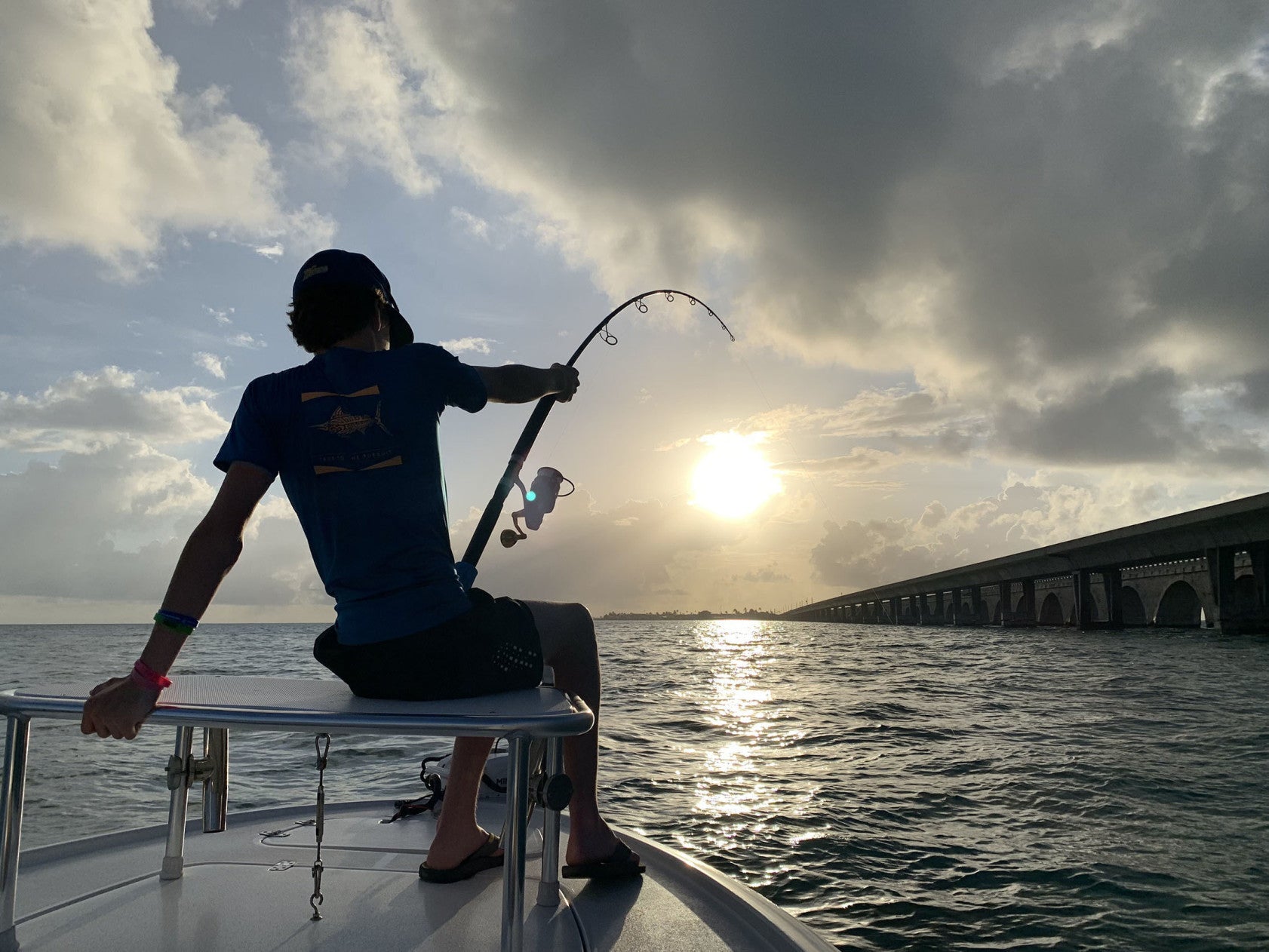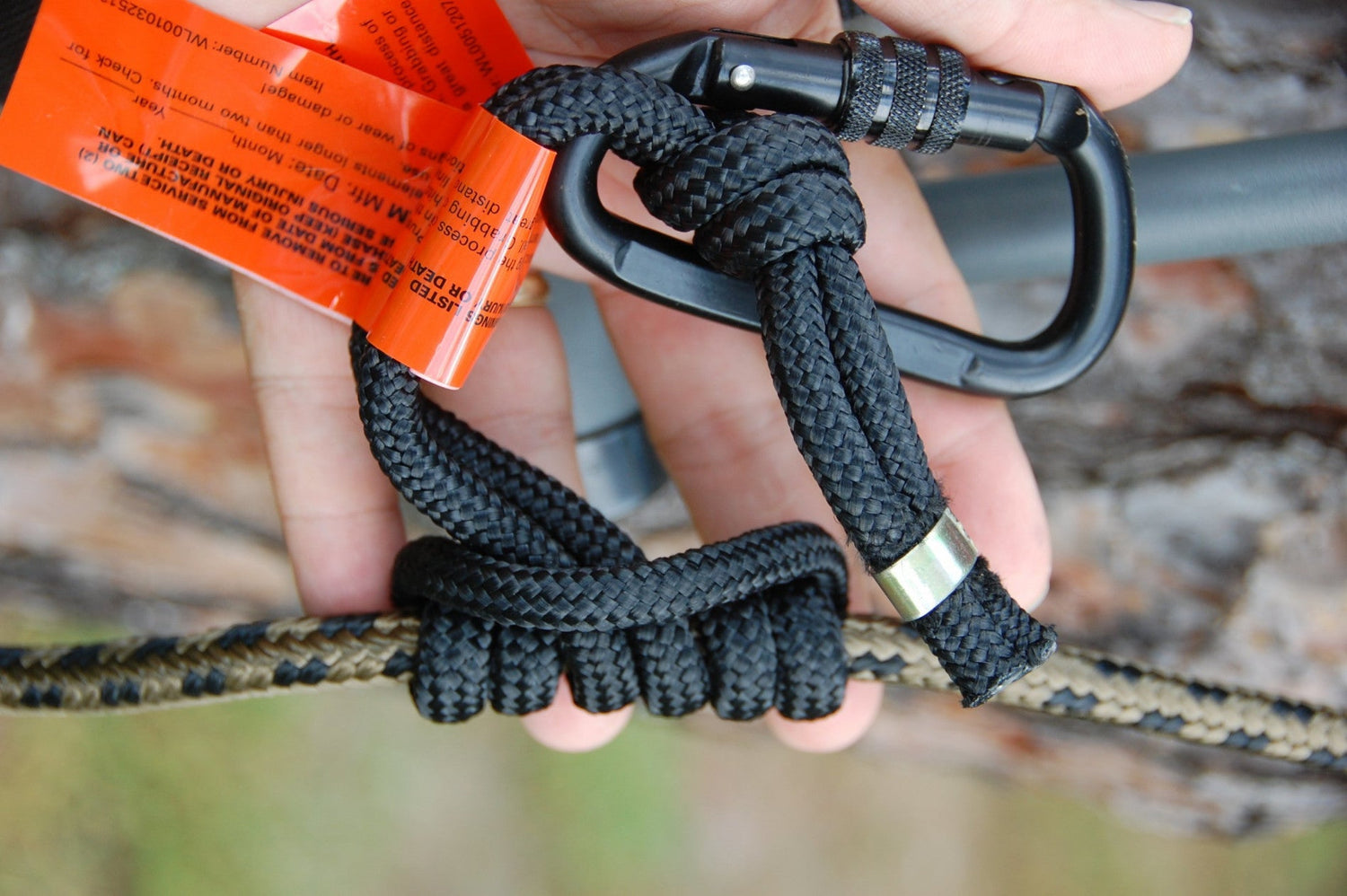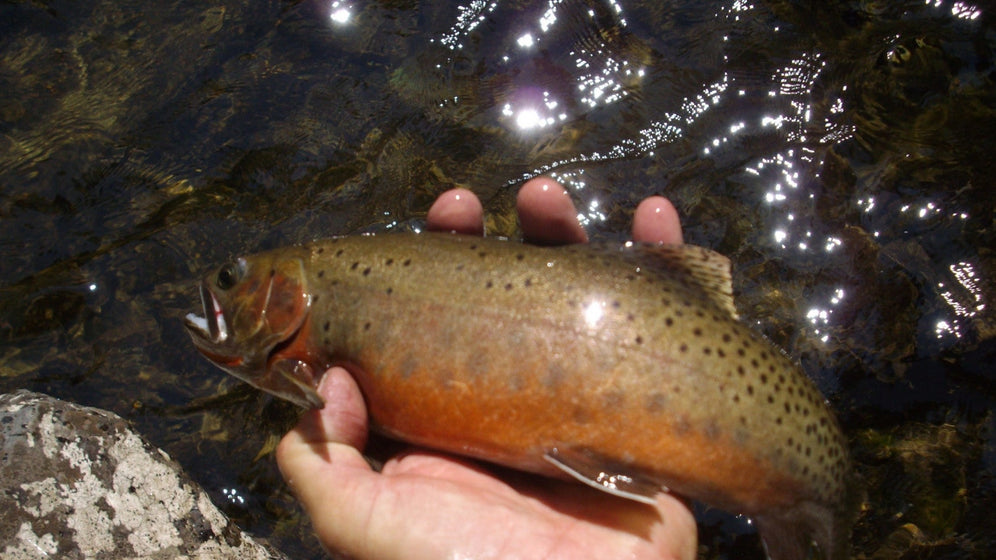Care and attention to detail go a long way in making your next adventure a safe one
Hunting is hunting and fishing is fishing and results will always vary, but a careful approach to safety is something that should never be left to chance. Appropriate safety gear properly used can guarantee an opportunity to try again tomorrow.
Equipment designed to secure hunters once they’re in the stand, along with gear designed to keep them safe throughout the transit to and from, has come a long way in the past few years. Once options were limited to spiderwebs of automotive seat belt strap. Though still effective when worn correctly, the market and necessity for such gear has brought such matters forward dramatically.
Today, hunters have the option to use garments that are made with the harness gear integrated. A wide selection of vests and pants that come with the straps sewn in place eliminate the primary objection to the gear’s use – that of sorting out a tangle of straps before every climb. Furthermore, companies like Hunter Safety System offer a static line that is attached above the stand and anchored at the bottom of the tree prior to a stand’s use. A hunter wearing an appropriate harness or harness garment clips his life line into the static line system and is thereby secured before his feet ever leave the ground.
“It turns out that 86 percent of all tree stand falls happen in transition,” says Jay Everett, with Hunter Safety System. “L.J. Smith Investigations, the company that investigates the majority of hunting accidents in the nation, finds that in 82 percent of tree stand falls, the hunters were wearing a harness at the time, just one that wasn’t connected to the tree when they fell.”
Hunter Safety System has long manufactured harnesses. They now offer a solution that will keep a climber secure from the time they leave the ground until they’re ultimately back down. Called a lifeline, the product consists of a main line that’s attached, in the case of a lock-on-style stand, above the stand when the stand is initially placed. The line hangs alongside the tree and is tied off at bottom and top. Sliding along this main line is a Prusik knot with a carabiner that clips into the top strap of the hunter’s safety vest.
The Prusik knot is a friction hitch. It can be easily moved up and down the main line with little pressure on the knot’s base as the hunter climbs and descends, but if it’s pulled at all by the tag attached to the carabiner, as in a fall, it locks in tightly. Hunter Safety System sells the lifeline for lock-on-style tree stand users for about $39. A model designed to keep climbing stand users safe runs about $20. “If you don’t buy ours, buy somebody’s,” Everett said. “We’re a business and we’re selling these, yes, but the mission here is mostly one of safety.”
Too much testosterone
After more than 25 years working in law enforcement and emergency medical services, Glenn Wheeler has seen his fair share of unfortunate situations, many involving bad decisions that could have been avoided. Today, he often serves his community in northwestern Arkansas as the incident commander on local search and rescue operations. His territory includes much of the Buffalo National River, a swath of forests and canyons in the Ozarks that appeal to visitors both foreign and domestic.
“People come from all over the world to fall off of our rocks,” he said, only half-joking. His most frequent calls to action have typically been sparked by bad combinations of alcohol and testosterone, but a simple lack of preparation often catches well-meaning people out of bounds as well. According to Wheeler, the most common causes of bad outcomes in the outdoors include: drowning, tree stand accidents, ATV accidents, getting lost, firearms accidents, unexpected weather and pre-existing medical conditions.
“In our neck of the woods, we work many drownings each year,” Wheeler said. “Sometimes there are multiple victims in one incident. I can only think of one where they had a personal flotation device on and the victim was pinned. Effectively all of the others would have survived if they’d been wearing a life jacket. “In cooler weather, it doesn’t have to actually be cold, dress in layers, have a waterproof shell and enough insulation to deal with a worst case scenario,” Wheeler said. “If possible, have a dry change of clothes.
“We try to educate the public with what we call ‘Preventative Search and Rescue.’ Let someone know specifically where you are going, what time you should be home and who to contact if you don’t return. Try to have a way to contact emergency services if needed. Have a backup plan to get out of an area should the original course become impassable. Don’t overestimate your abilities. If something is beyond your skill or physical fitness level, don’t chance it,” he said. “Know at least basic first aid skills and have at least basic supplies with you. If you can stop severe bleeding and keep people breathing, you can save a life in most emergencies.”
“If an accident happens or an occasion arises when you need to call for help, begin by trying to call 911,” he said. “I say ‘try’ because, often, these things happen in places where cell service is limited. If you can’t call out, try texting someone to notify authorities. If you can make contact, do what they tell you to do. If they say to stay put, do that unless the scenario becomes more threatening.”
Wheeler says anyone headed into the woods, and especially into any backcountry there or beyond, should have with them the following: a first aid kit and a knowledge of how to use it, some way to contact help, a good whistle to help rescuers pinpoint location, at least two ways to build a fire, two flashlights that are not cell phone-based, map and compass or GPS, a good knife, a firearm if feasible, and waterproof shell clothing or something to make a quick shelter. For this last one, a large trash bag works well as an emergency poncho.




Leave a comment
This site is protected by hCaptcha and the hCaptcha Privacy Policy and Terms of Service apply.